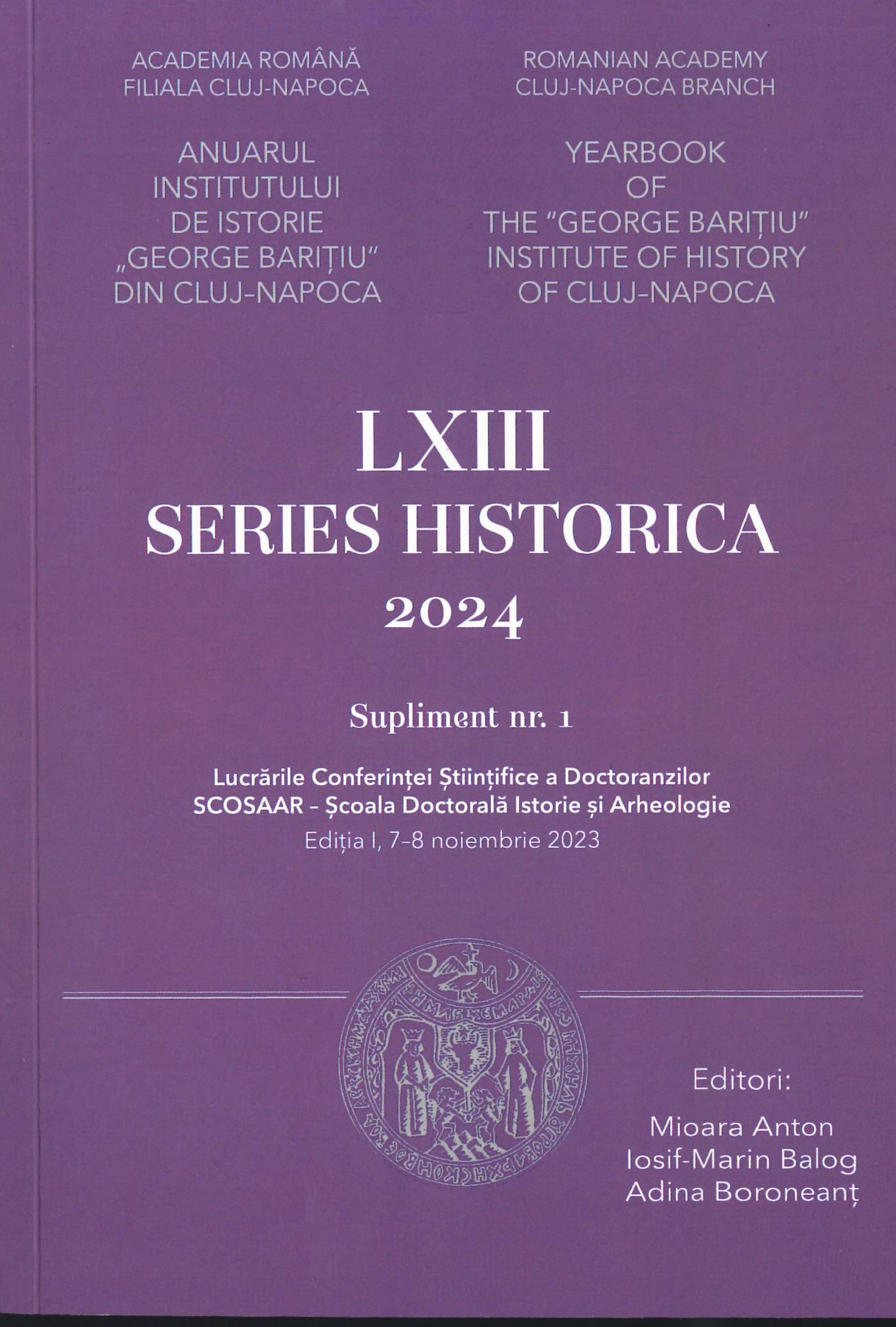Moartea și Feciorul de Împărat – scene de
dans macabru la bisericile Cotu şi Schitu Matei din judeţul
Argeş
The Death and the Emperor’ Son – A Dance Macabre Scene at the Cotu and Schitu Matei Churches in Argeş County
Author(s): Marius MarinacSubject(s): Christian Theology and Religion, Anthropology, Cultural history, Comparative Studies of Religion, 19th Century, Sociology of Art, Sociology of Religion, History of Religion, History of Art, Psychology of Religion
Published by: Editura Academiei Române
Keywords: Macabre dances; Cotu Church; Schitu Matei Church; „Death and the Young Emperor's Son” painting; awareness of the Last Judgment;
Summary/Abstract: The concept of Dance Macabre started first in the iconography of Death in Western Europe of the Middle Ages. The Macabre Dance depicts man's personal confrontation with Death, sometimes because of epidemics. In Romanian popular mythology, there are numerous situations where human confrontations with Death are found. The macabre dances were also highlighted in the paintings on the exterior walls of some Orthodox churches in Wallachia. On the western facade of the church dedicated to the„Assumption of the Virgin Mary” in the village of Cotu, Uda commune, Argeş County, on one of the pillars, Death is painted with a scythe next to the Young Emperor. Emperor's Son on the southern wall of the church in Schitul Matei, Ciofrângeni commune, Argeş County, a dialogue between Death and the Emperor's Son is represented. These iconographic representations capitalize on man's inescapable encounter with Death.
Journal: Anuarul Institutului de Istorie »George Bariţiu« - Series HISTORICA - Supliment
- Issue Year: LXIII/2024
- Issue No: 1
- Page Range: 105-116
- Page Count: 12
- Language: Romanian

